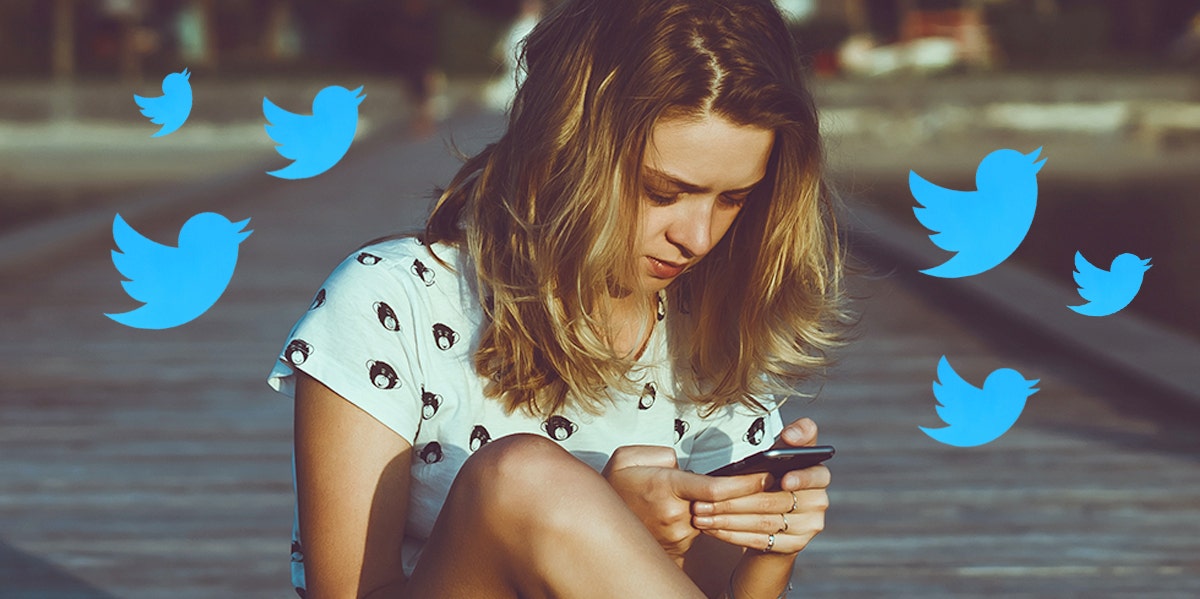What Is Stan Twitter? How Obsessive, Cutthroat Fan Culture Damages Society
Arianator vs Swifties and BeyHive vs Beliebers.
 sergey causelove & rvlsoft / Shutterstock
sergey causelove & rvlsoft / Shutterstock Stan Twitter is the powerhouse behind the commercial success of the world’s most popular artists. But how did these cultish followings originate and at what cost?
On October 30 2020, days before the US Election, Twitter feeds exploded with a late entry to the presidential race: Ariana Grande had dropped her new music video for Positions and stan Twitter were losing their minds.
Images from the video of Ariana Grande wearing a Jackie O-inspired pillbox hat and strutting through the White House replaced news updates about early voting. Tweets ordering people to “#StreamPositions” drowned out the “#VoteBlue” and “#MAGA” comments.
Grande’s album of the same name opened with 174 million streams, entering the Billboard chart at number 1 — that’s more streams than people who voted in the election with the highest voter turnout in history.
Ariana Grande fans, or “stans”, aren’t the only group doing the work of PR teams for free. Twitter is rife with multiple subcultures devoting themselves to various celebrities who may never know their names.
What is stan Twitter?
Stan Twitter are the dedicated superfans who have made pop-culture fandom a competitive sport.
Fandoms are in an almost constant competition with other groups, seeking to knock each other’s favorite artists off streaming charts and beat one another out for award nominations.
Commercial success for their favorite artist is at the heart of stan culture. These fans persuade and shame one another into attending multiple concerts, buying several copies of the same album, and owning merch.;
Fans of K-Pop group BTS — who call themselves ARMY — have their own “Ultimate ARMY Streaming Guide” that details exactly how to stream, loop, and share BTS music in excess without looking like a bot.
There seems to be a kind of pride that comes with having your idol move up a few notches on a Forbes rich list, even though the stans themselves will never see a piece of the pie.
When did stan Twitter begin?
The name originates from Eminem’s 2000 track “Stan” about a homicidal stalker-fan. Eminem was writing to the fan culture of the late 1900s that existed primarily on dedicated fansites or internet forums.
When MySpace was founded in 2003 it marked a shift that put fandoms on a more public stage. Suddenly, fans could connect more directly with artists than ever before creating more competition as they vied for attention.
By the time Twitter and iPhones rolled out, fans were becoming increasingly comfortable with devoting large amounts of time and energy into supporting artists.
Out of quiet online forums and on to a shared public stage, fans also began competing with other fandoms throughout the 2010s. This gave rise to what we now know as stan culture.
If Beyonce’s “Beyhive” got to boast that she won the most Grammys of any other artist in 2010, Justin Bieber’s Belieber’s were going to make “Baby” the most viewed YouTube video the same year.
The kind of feverish excitement exhibited by fans pushes them to want to outdo one another. Stan Twitter has found its way onto Instagram, TikTok, and YouTube where fans are awarded “top comment” by commenting the most outrageous thing possible in order to get likes or be noticed by their idol.
When does “stanning” go too far?
While 2020 stans embrace the term as affectionate rather than insulting, today’s stans often exhibit some of the same concerning obsessive tendencies as Eminem’s fictional superfan.
Pure, unadulterated devotion to one artist is mandatory in stan culture. When Taylor Swift publicly feuded with Scooter Braun, fans went as far as to stop supporting other artists who were still in contract with the music mogul.
For these fans, this is the least they could do for an artist that has touched them on an emotional level throughout many albums. But this relationship is ultimately one-sided and rooted in a system that places celebrities on an unwarranted pedestal.
Just like how Eminem’s “Stan” was inevitably disappointed by his idol’s lack of response to his letters, most fans will never see a return on their investment into an artist.
Then there is the toxic side to stan culture that sees fans spread hate to anyone who expresses anything but adoration for their idol. In 2018, When writer Wanna Thompson shared a hateful DM she’d received from Nicki Minaj after she expressed her dislike of the rapper’s music, Nicki fans sent death threats and to Thompson and her daughter.
Ariana Grande fans are known to aggressively shut down any of the conversations around her appropriation of black culture. Meanwhile, Cardi B stans refused to relinquish support for the Latina rapper even after she publicly refused to stop saying the ‘N’ word back in 2017.
The pressure within stan culture to always be unwaveringly supportive of artists prevents fans from holding their idols accountable for obvious wrongdoings. This God-like status given to artists free them from maintaining any kind of moral standard.
Instead of having room to challenge artists and look for more from the people we idolize, stans must blindly support or risk a backlash from their own fandom.
Alice Kelly is a writer with a passion for entertainment, trending topics and celebrity news.

